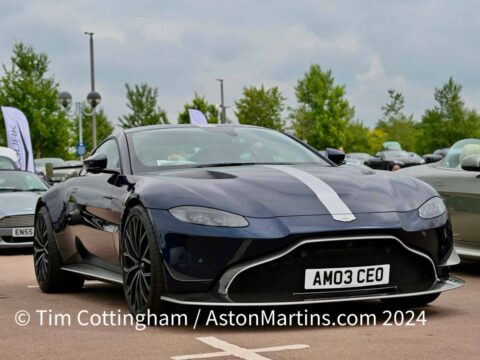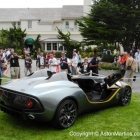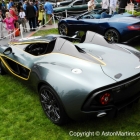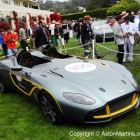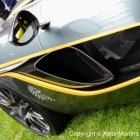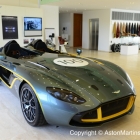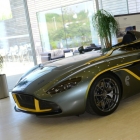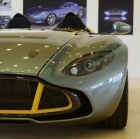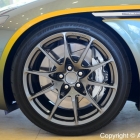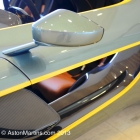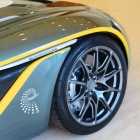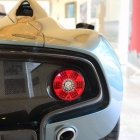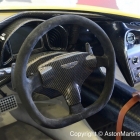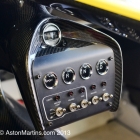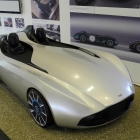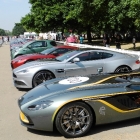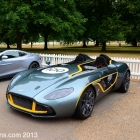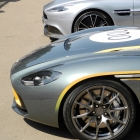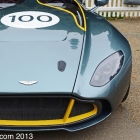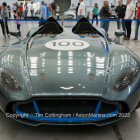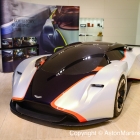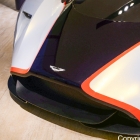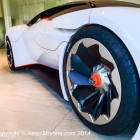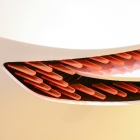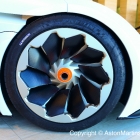DB11 Startech 610
- 30/04/2018This Startech 510 was first displayed at the 2018 Geneva Motor Show as a showcase for their offering for the DB11. The base car for the 610 is actually the DB11 V8, the engine of which is supplied by AMG; the 610 is an indication that the V8 is boosted to 610 bhp, an increase of 100 bhp over the standard engine. Peak torque increases from 675 to 800 Nm, on tap constantly between 2,000 and 5,000 rpm. How is this achieved? Startech adapt a plug-and-play auxiliary control module, which provides the engine control unit with special mapping for injection and ignition and increases the boost pressure of the turbos as well. The PowerXtra SP610 “powered by BRABUS” performance upgrade allows sprints from rest to 100 km/h in just 3.8 seconds; The top speed increases to 192 mph.
Startech also offer a front spoiler with tall flaps on both sides in either gloss black or carbon, designed to attach to the lower section of the front bumper. Plus a similar choice of side wings, which repeat the styling element of the front flaps ahead of the rear wheels. 21 inch Monostar M wheels featuring five pairs of spokes combined with a hub cover that gives the wheel the appearance of a center lock rim.
In addition to the accessory range, the Geneva show car also had a bespoke interior using the finest handcrafted leather, Alcantara, and carbon fibre.
Prices as of 2020
- Front add-on elements, high-gloss black – 2.300,00 € excl. VAT, carbon 3.400,00 € excl. VAT
- Side wings – high-gloss black 2.400,00 € excl. VAT, carbon 3.200,00 € excl. VAT
- Front wheels – 990,00 € excl. VAT., rear wheels – 1.180,00 € excl. VAT – plus extra for special colours and tyres
- PowerXtra SP610 – 6.500,00 € excl. VAT
- Bespoke interior – POA
If you like there Startech 610, then you will love the DB11 Cyrus by Mansory.

